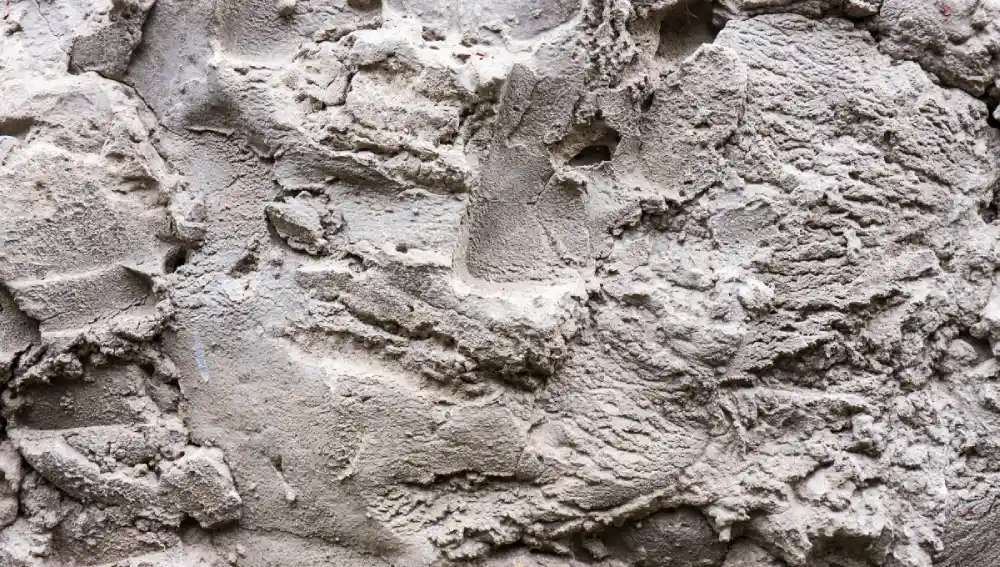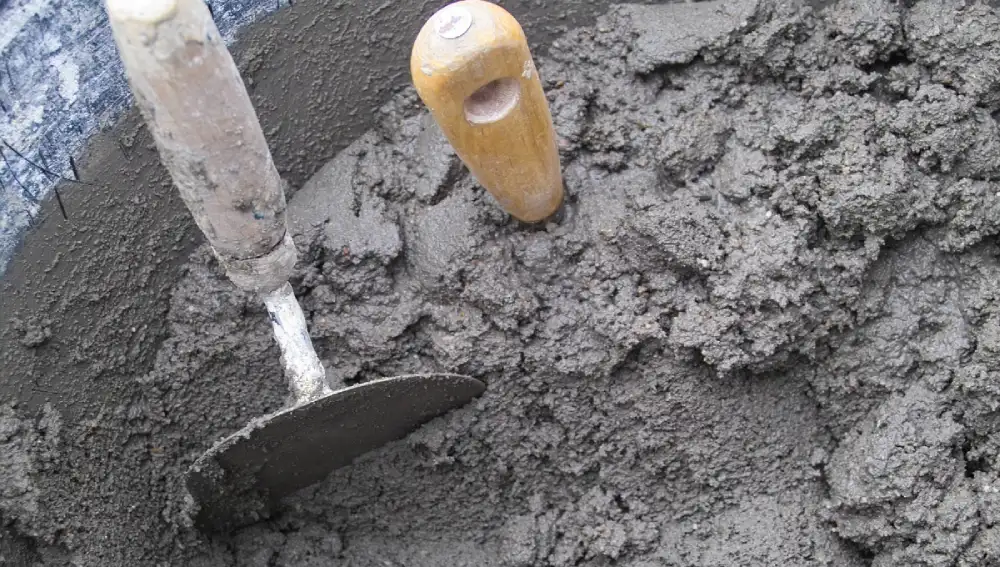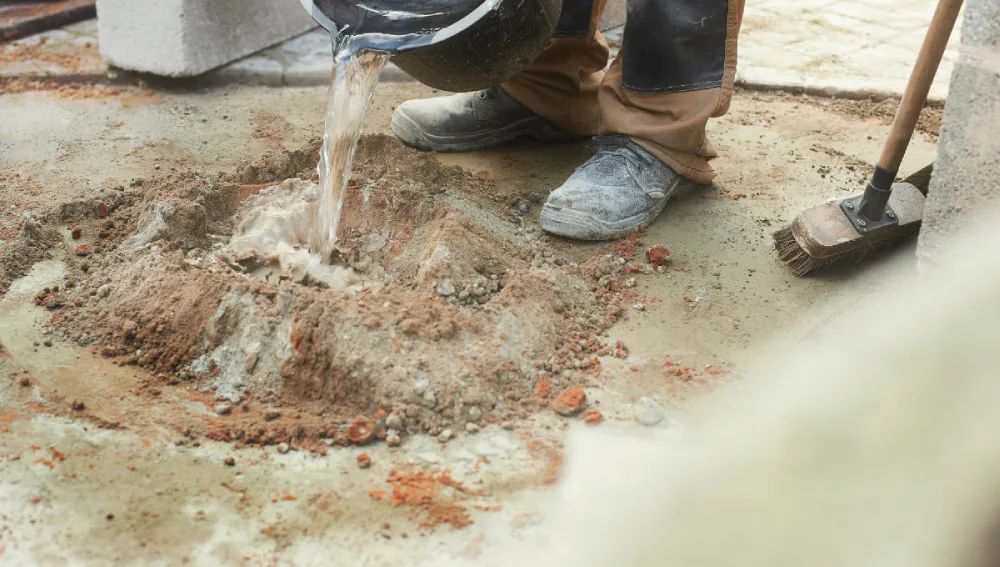Before jumping into the construction, you have to be extra careful about the raw materials and their proportions. More than high quality, being aware of the right mix matters. One of the significant factors among them is the water-cement ratio, which determines the strength and durability of the final structure.
In general, the water-cement ratio is fundamental when involved in any kind of construction work. Understanding its estimation is crucial to designing the structure with desired concrete properties.
In between this discussion, people have queries that include ‘’adding some amount of extra water makes the concrete hard?” or “the addition of water content increases the concrete workability?”Along with the calculation of the water-cement ratio, you’ll be answered to these queries.
What is the Water-Cement Ratio?

The ratio defines the mass of water to the mass of cement in the concrete mix. As per IS code 10262, the water-cement ratio falls between 0.4 to 0.6 for the nominal mix.
It is a fundamental parameter that acts as a deciding factor of strength, durability and workability of concrete. With the appropriate water-cement ratio, contractors and engineers can manipulate the concrete properties more suitable to the applications.
It significantly influences the strength of concrete; results can be witnessed after the completion of the final product.
Role of Water in Concrete
As mentioned earlier, determining the amount of water content in the concrete is a difficult part. But we are still using it instead of chasing any alternatives, have you ever thought why?
Concrete of construction is a macro element, made with different ranges of micro raw materials. It includes sand, cement, fine aggregate, coarse aggregate, and water. In order to achieve high-strength concrete, the correct proportion of admixtures is essential to combine these ingredients.
Here comes the need for water. Water begins the chemical process called hydration, hence, water is added to 23% to 25% of cement volume to pack the voids in the concrete.
Importance of Water Cement Ratio
Water cement ratio is a primary key aspect to achieving the desired strength of concrete. An adequate ratio can lead to increased strength, durability, workability, long-term performance and resistance to chemical attack and cracking.
‘Water and cement-these two ingredients are fairly responsible for binding materials together. When the structure is cured completely, you can notice the visible results in the strength and durability of the concrete.
How to Calculate Water Cement Ratio in Concrete?

The water-cement ratio can be estimated using various steps and considerations. Here is the guide given below to determine the appropriate mix ratio:
Identify the Required Strength
The initial step is to evaluate the strength required for the concrete. It may vary according to the project specifications or intent of use. Before getting into the discussion of the water cement ratio, estimating the desired strength is paramount to proceeding further.
Choose the Range of Water Cement Ratio
Choose an appropriate W/C ratio based on the specific conditions of the projects and the required strength and workability of concrete. In general, 0.4 to 0.6 is considered a good start. A lower W/C ratio offers higher strength to concrete but lower workability.
Calculate the Water Content
Estimate the water content needed for a specific volume of concrete by considering factors like a desired slump and aggregate size. Ensure that portable water is used to avoid causing impurities and compromises in concrete strength.
Using the given formula, you can find the amount of water required:
Water Required = (Water-Cement ratio) x (Cement Required)
Adjust the Water Content
Luckily, targeted consistency can be acquired sometimes. In the meantime, you can adjust the water content based on factors like desired texture, environmental conditions, moisture content, size and shape of the aggregates, type of cement, and amount and type of admixtures, until the right proportion is achieved.
Weigh Cement
Weigh the cement before mixing as it directly influences the water-cement ratio. Ensuring the accuracy of measurement tends to obtain the desired concrete mix.
Estimate the Aggregate Size
The aggregate size also plays a pivotal role in water cement ratio, essential to be considered by the engineers. Refer to the table to understand:
| Maximum Aggregate Size in mm | Maximum Water Content Per Cubic Meter of Concrete |
| 10 | 208 |
| 50 | 186 |
| 40 | 165 |
Determine Water-Cement Ratio
Calculate the water-cement ratio exactly using the below formula:
Water-cement ratio = weight of water / weight of cement
How to Test the Water-Cement Ratio?
To verify its accuracy, use the following methods to determine the water-cement ratio:
Slump Test
Like the strength of concrete, the workability is also an important factor. By conducting a slump test, you can measure the flow of the fresh concrete, consistency, workability and the availability of water content.
Durability Testing
With durability testing, you can evaluate properties like permeability, freeze-thaw resistance and resistance to chemical attack. It allows engineers to identify the ratio of mixtures for achieving the intended results.
Compressive Strength Test
It takes curated concrete samples to evaluate the achieved strength and ensures that the final product meets the design requirements.
Final Lines
Overall, the w/c ratio is a base to determine the high quality and high strength of concrete. A good mix design is a key to leverage total confidence like consistency, durability and workability. Before getting into the construction process, understanding the importance of water cement ratio evaluation benefits you in all aspects.
FAQs
Yes, the higher amount of water reduces the compressive strength of concrete due to the presence of voids between the particles of concrete. The lower water content compacts the overall concrete structure resulting in higher strength.
For additional water reduction use mineral admixtures like silica fume or fly ash. Also add special chemicals called superplasticizers that assist the concrete flow without extra water. Ensure that you are buying good quality sand and rock to fit together well without causing air bubbles.

